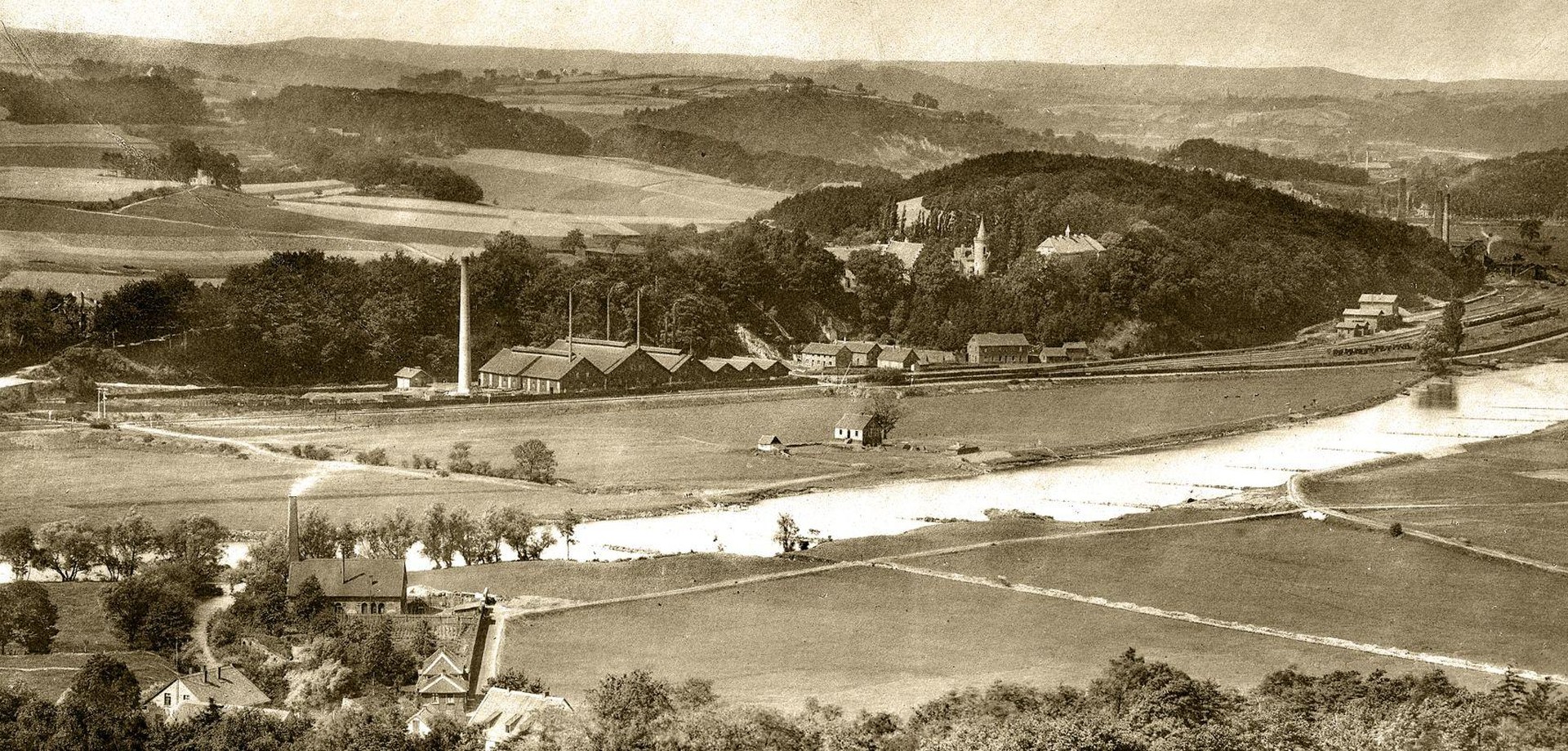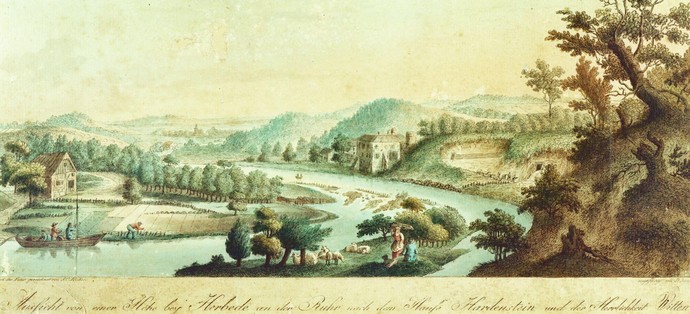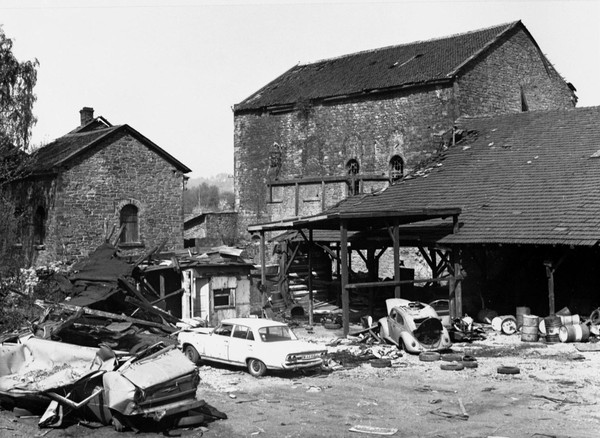
Discovering history
From a mine to a museum
Starting from a single mining gallery that was first mentioned in 1714, over the next 150 years the Nightingale mine developed into one of the most productive mines in the region. But when large-scale mining moved north of the River Ruhr, the Nightingale mine like many others was doomed to extinction.
In 1892 a builder from Witten called Dünkelberg bought up the site and the adjacent Hetberg hill, which provided him with the necessary raw materials, lime and sandstone. From now on bricks were baked in the new ring kiln.
Various companies, including a scrap dealer, used the dilapidated site during the 1960s before the town took over the buildings and listed them as mining monuments. In 1979 the Regional Authority of Westphalia-Lippe (LWL”), took over responsibility for the site in the newly founded Westphalian Industrial Museum and began work on restoring and preparing it for the general public.
Coal, boats and bricks
Beneath the domed roof over the ring kiln you can risk a look into the depths of the earth. The “Hercules” shaft that marks the beginning of deep mining in the Ruhrgebiet has now been opened up for visitors who can reach the unknown world beneath the surface via a zone of darkness. Working models illustrate how the complex system of ventilation worked, and what an ideal mine looked like below the surface.
Starting in 1780 water transport along the Ruhr valley became the most important way to deliver the coal to the outside world. At our landing stage you can find out more about how the coal was transported and what difficulties the boatman had to face. Our “Ruhr barge” the “Ludwig Henze” lies at anchor here. It was built on a 1-1 scale from an original 19th-century model.
The exhibition entitled Bucket-for-Bucket Mining recalls the 1000 small-scale mines that existed in the Ruhrgebiet after the Second World War.

